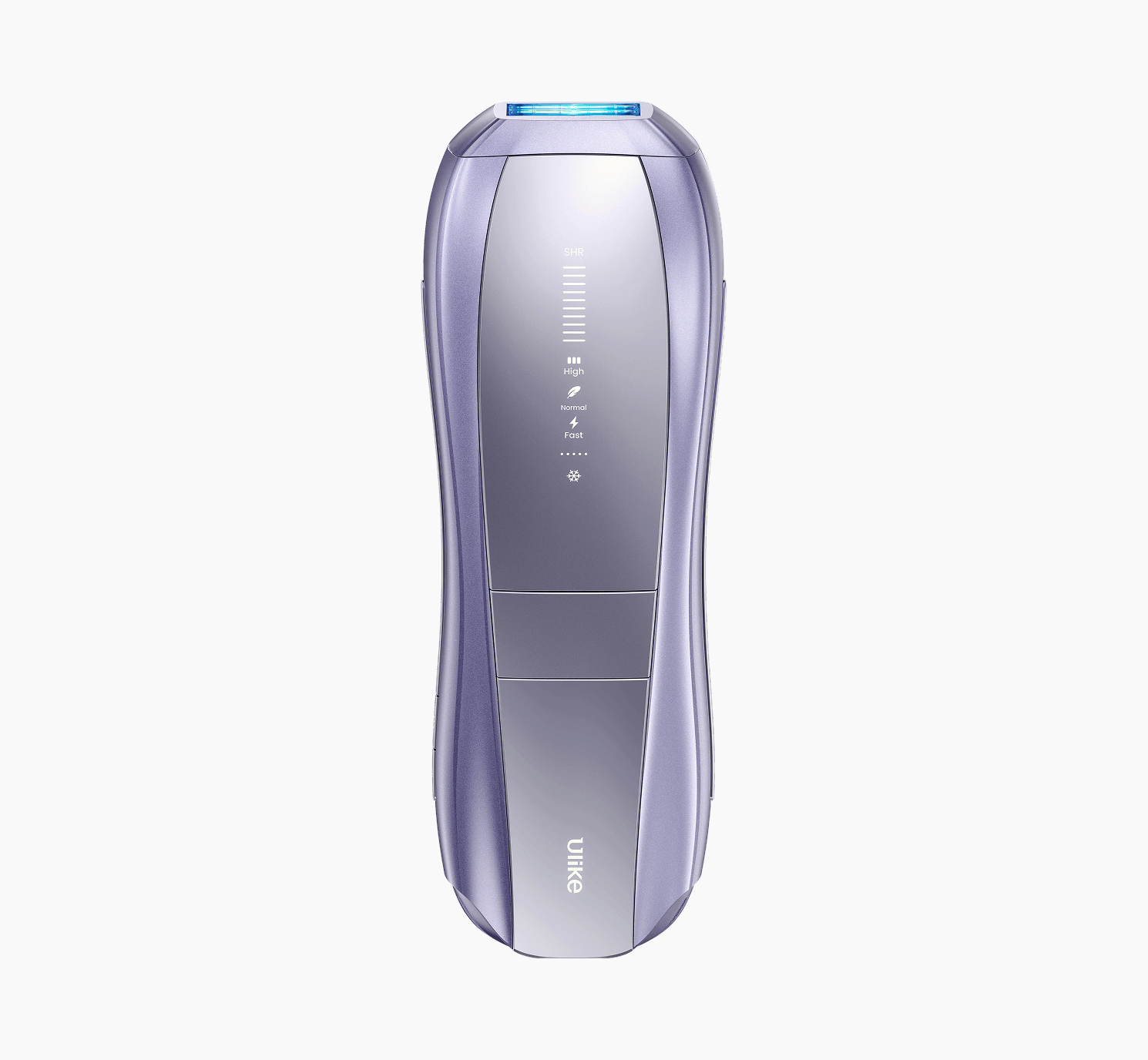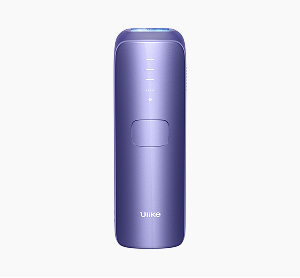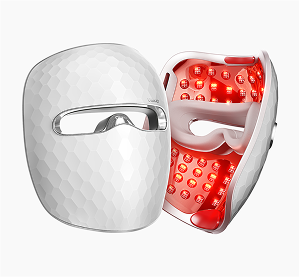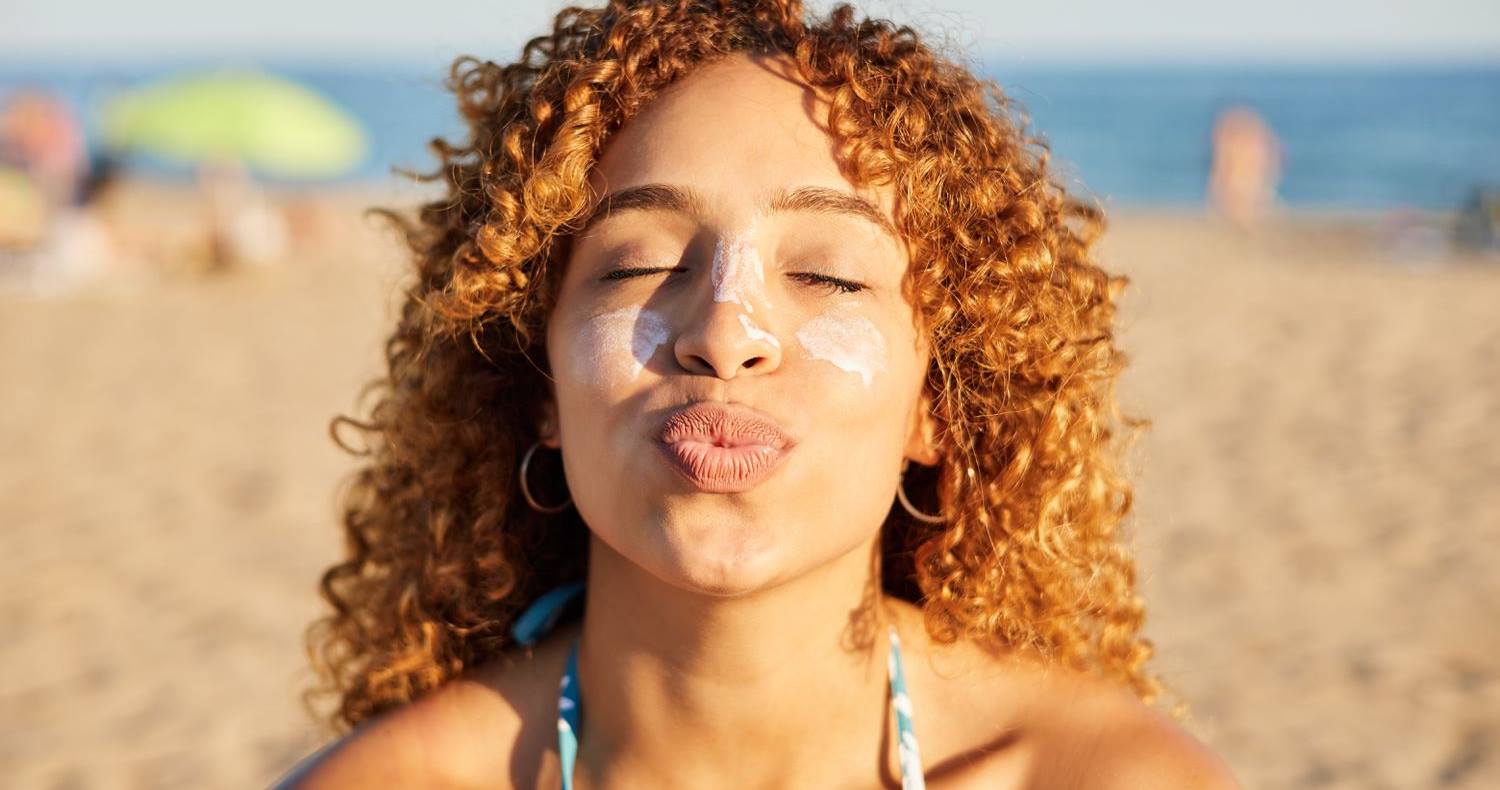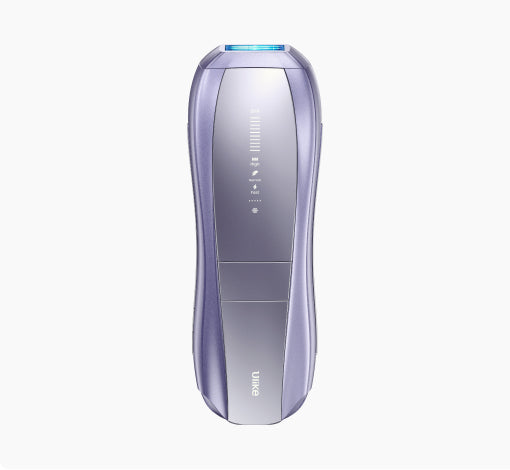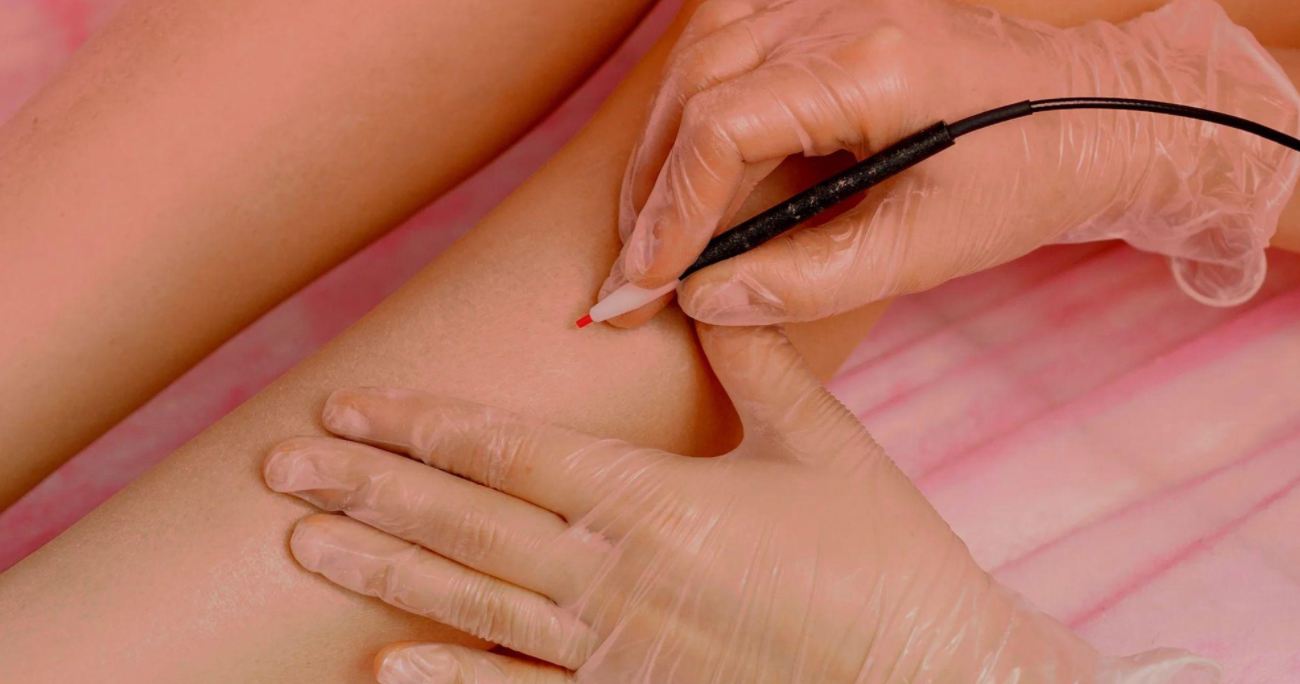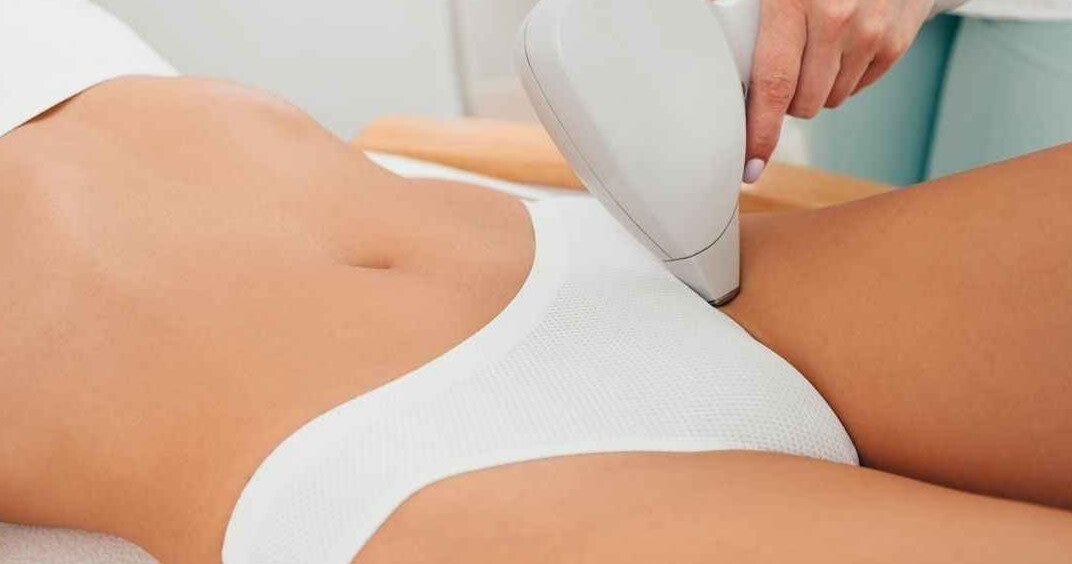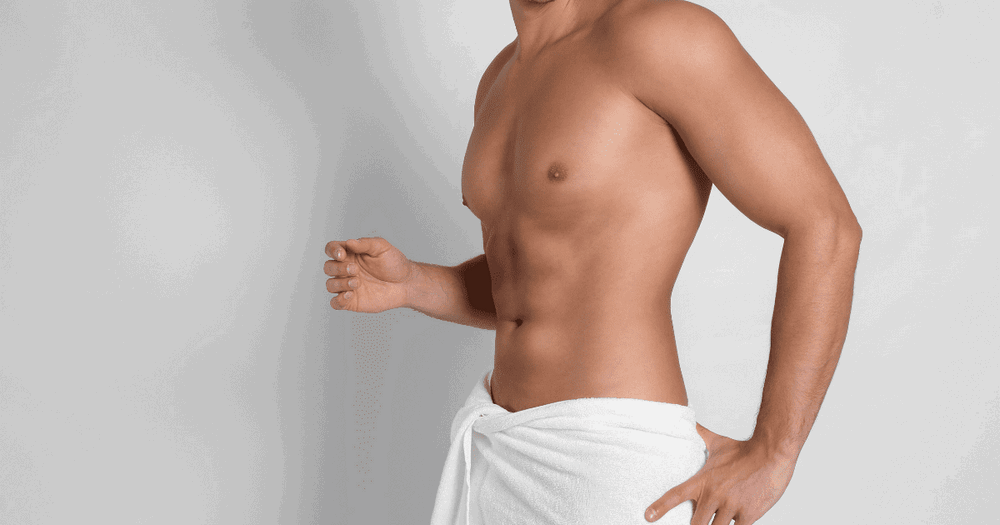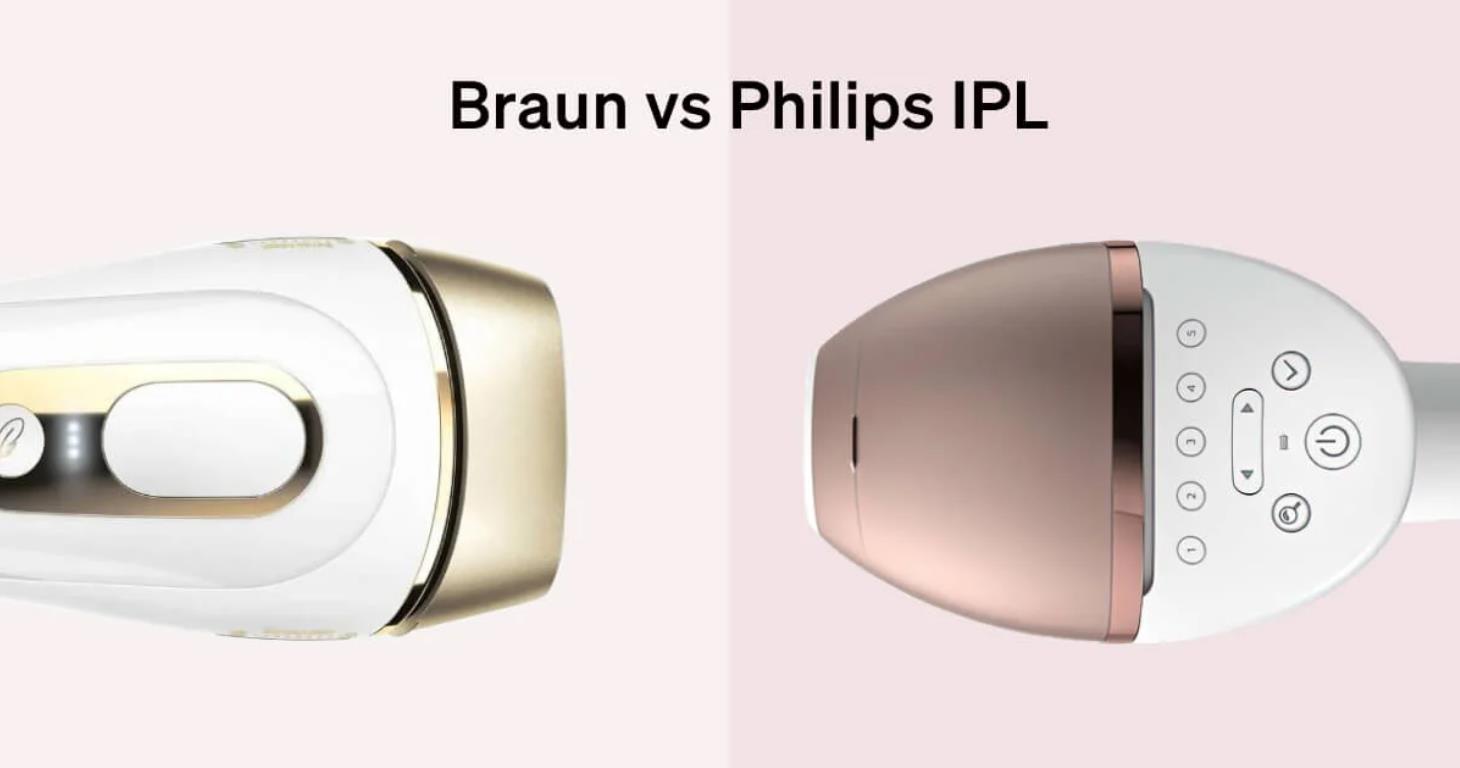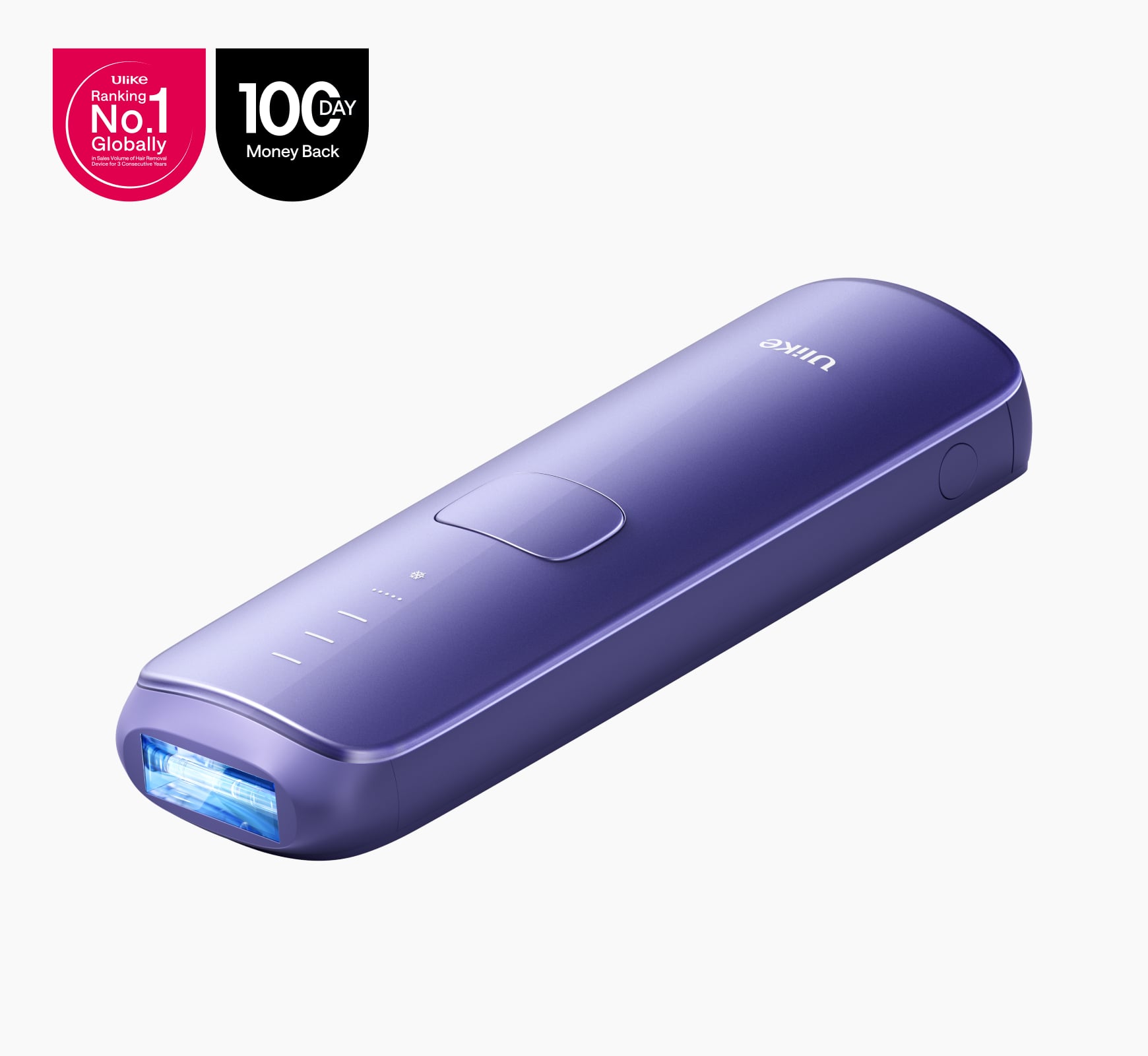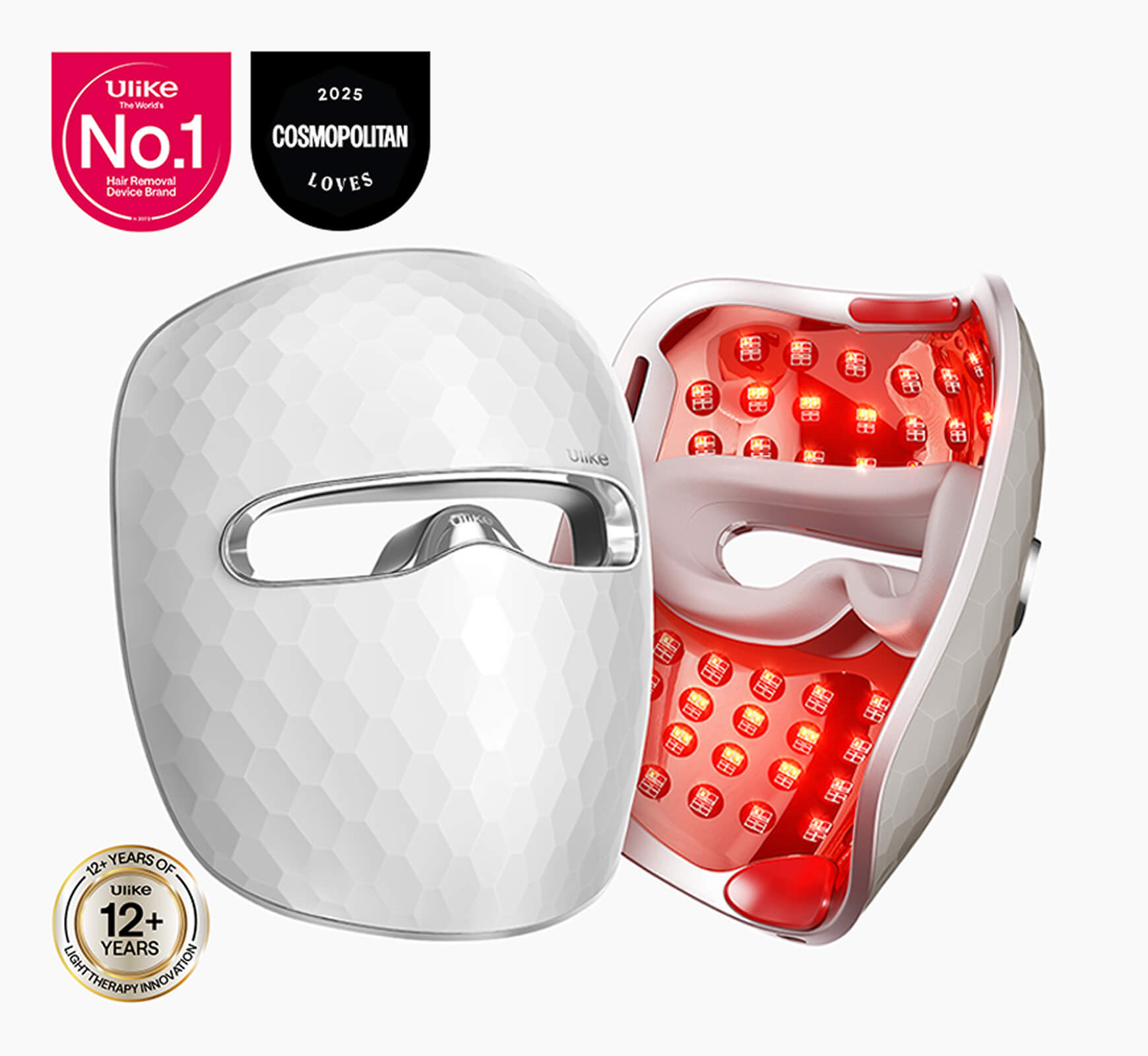Sunscreen and tanning are two major terms pointing to the effects of sun exposure and its outcome on individual skin appearance and health. In simple terms, sunscreen could be any product applicable to the skin for protection against harmful UV rays emitted by the sun. In essence, sunscreen acts as a barrier preventing skin damage, sunburn and the risk of skin cancer.
On the other hand, tanning is the process involving the darkening of the skin as a result of skin being exposed to UV radiation. This process is not entirely harmful as some people utilise it for beauty aesthetic reasons. Nevertheless, it is important to balance tanning with sunscreen protection to minimize the potential risks associated with too much sun exposure. With that said, the big question now is does sunscreen prevent tanning?
Table of Contents:- Part 1: How Sunscreen Works?
- Part 2: How Sunscreen Works?
- Part 3: What are the Factors Affecting Tanning?
- Part 4: How to achieve a balance between sun protection and tanning desires?
- Part 5: FAQs About tanning
How Sunscreen Works?
Before we delve into the mechanics of how sunscreen functions, let’s first discuss its purpose. The main goal of sunscreen is quite simple and direct: to provide protection, for our skin against the effects of ultraviolet (UV) rays emitted by the sun.
Sunscreen accomplishes this by creating a barrier that helps absorb, reflect or even scatter UV rays before they reach our skin. Extensive research on UV rays has demonstrated their potential to cause ageing, sunburns and an increased risk of skin cancer.
Consequently, sunscreen formulations predominantly consist of ingredients that offer either physical or chemical protection mechanisms. Physical sunscreens like titanium dioxide or zinc oxide work by reflecting or blocking UV rays while sitting atop the skin’s surface.
On the other hand, chemical sunscreens absorb UV radiation. Convert it into heat energy. However, when selecting a product it is advisable to opt for a broad-spectrum option that provides protection, against both UVA and UVB rays.
UVA and UVB: What are the differences?
Talking about ultraviolet rays emitted by the sun, they are of two types namely the UVA and UVB. UVA is a type of ultraviolet ray with longer wavelengths and the ability to achieve deep penetration into the skin. UVA rays are associated with skin ageing, such as wrinkles and fine lines. UVA rays have the ability to pass through glass and reach your skin when inside a car or indoors. UVA rays are present just about every day and can penetrate clouds and fog.
UVB rays, on the other hand, have a shorter wavelength and primarily affect the outer layer of the skin. Research shows that UVB is the main cause of sunburn and is also known to contribute to the development of skin cancer. UVB rays could increase in intensity depending on several factors like weather conditions, altitude, and location. They are usually at their highest level between 10 a.m. and 4 p.m., most especially in summer months. Overexposure to UVB rays can have damaging effects on the skin resulting in sunburn, pain, redness, peeling of the skin, premature ageing, sagging skin, fine lines, wrinkles, age spots, and increased risk of skin cancer.
Can you tan with sunscreen?
 The answer is YES! You can tan with sunscreen. People usually have a misconception that sunscreen could prevent tanning completely. However, the truth remains that sunscreen does not completely block the tanning process. Instead, sunscreen primarily protects the skin from the destructive consequences of UV radiation, which undoubtedly includes sunburn, premature ageing, and skin cancer.
The answer is YES! You can tan with sunscreen. People usually have a misconception that sunscreen could prevent tanning completely. However, the truth remains that sunscreen does not completely block the tanning process. Instead, sunscreen primarily protects the skin from the destructive consequences of UV radiation, which undoubtedly includes sunburn, premature ageing, and skin cancer.
Tanning is simply a process characterised by your skin's natural response to UV exposure. After penetrating the skin, UV rays stimulate the production of melanin which acts as a natural defence mechanism to absorb and scatter UV radiation in order to provide some level of protection. While it is true that sunscreen can reduce the vehemence of UV exposure, intensity of UV-induced tanning, and downsize the risk of sunburn, it cannot, however, completely prevent the skin from tanning. Regardless, the sun protection factor (SPF) of sunscreen undeniably determines its effectiveness in preventing sunburn. The SPF denotes the protection level the sunscreen delivers against UVB rays, which are chiefly responsible for sunburn.
Let's assume you normally begin to experience sunburn after about 10 minutes of sun exposure without sunscreen, you can theoretically extend that time by 30 times if you apply an SPF 30 sunscreen, In essence, the sunscreen would provide skin protection for approximately 300 minutes (10X30) before you could start to experience sunburn.
But then, you should understand that SPF does not directly correlate to protection level against UVA rays. To ensure maximum skin protection, it is better advised to opt for a broad-spectrum sunscreen that offers protection against both UVA and UVB rays.
In addition, regardless of the SPF level, the effectiveness of sunscreen can diminish over time due to factors like sweating, swimming, and natural wear-off. As such, it is important to reapply sunscreen regularly to ensure continued protection against harmful UV rays.
What are the Factors Affecting Tanning?
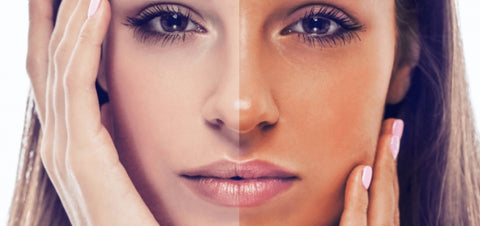 Genetics
Genetics
Genetics play a role in affecting how your skin reacts to sunlight and how it creates melanin. Also, some genes like IRF4, TYR, and EXOC2 can increase your vulnerability to tanning.
UV rays
UVA rays are known to trigger melanocytes to produce melanin. When the skin is exposed to UV radiation, it raises the production of melanin acting to protect itself from further damage.
Skin type
Pale or white skins are known to burn easily meaning that they tan slowly and poorly as such they need more protection against sunlight exposure. Simply put individuals with fair skin are more prone to sunburn and may tan less, while darker skin would burn less and tan more easily due to the varying levels of melanin in the skin.
Melanin
Melanin is a pigment produced by special cells in the skin called melanocytes. This pigment clearly plays a vital role in determining our skin, eyes and hair colour. Melanin acts as a genuine defence mechanism against harmful UV radiation by scattering and absorbing the incoming UV rays. Individuals with fair skin have lower melanin levels compared to people with darker skin tones. Because of this, fair-skinned people are more liable to sunburn because their skin has less natural protection.
On the contrary, people with darker skin have higher levels of melanin which would provide some level of natural protection against UV radiation, making it safe for darker-skinned people to endure longer sun exposure without burning as quickly. Additionally, higher melanin levels can contribute to a more significant tanning ability when exposed to UV rays.
How to achieve a balance between sun protection and tanning desires?
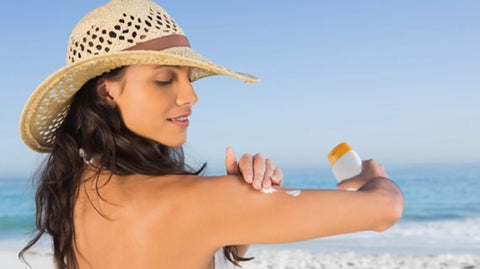 The Use of Sunscreen
The Use of Sunscreen
Try as much as you can to adhere to the application of a broad-spectrum sunscreen with not less than SPF 30 at least every two hours whenever you are under the sun and outside. Sunscreen protects you from harmful UV rays and helps prevent tanning and sunburns.
Don’t try to Tan in Peak Sunlight
Always remember that the sunlight is usually at its highest from 1 pm to 4 pm. As such it is advisable to avoid tanning at that time.
Find Yourself a shade
If you can, please try to void the sun for as much as possible. Employ the use of shades and you’ll be surprised by the amount of body water you have conserved and you’ll stay hydrated.
Put on Clothes that Protect
Peradventure your work or other daily activities would keep you under the sun for a long time, then it is highly recommended that you wear protective clothing to shield your skin against extreme exposure to UVR.
FAQs About Tanning
Can You Tan in the Shade?
To answer this question is to say yes. You can get a tan even if you are sitting under the shade since the sun's UV rays can reflect off objects in the environment.
Can You Tan Through a Window?
Yes! Tanning through a window with standard glass is possible because it allows UVA rays to pass through.
How Long Does It Take to Get a Tan?
The time required to tan varies from person to person depending on the tanning method, skin type and intensity of UV rays. However, one may tan in as little as 10 minutes without wearing sunscreen with SPF (sun protection factor).
Conclusion
Conclusively, sunscreen and tanning are two major terms pointing to the effects of sun exposure and its outcome on individual skin appearance and health. However, the application and purpose of both terms are different. It is important to know that you can actually tan with sunscreen. This is because while sunscreen can without doubt reduce the risk of sunburn, it does not outrightly prevent tanning.
Whether tanning or sunscreen, the importance of protecting our skin from the harmful effects of UV radiation cannot be over-emphasized. If you want your skin health to be in perfect condition while eliminating any possibility of long-term skin damage, then you must be cautious of how you treat your skin. Avoid staying directly under the sun for too long most especially during peak hours. Ensure that you stick to making informed choices regarding exposure to the sun and make your skin health one of your top priorities.

